Introduction
Plastic manufacturing involves two main processes, Compression Molding, and Injection Molding. While both techniques are highly effective and widely employed in the industry, each has its own set of advantages and disadvantages that should be carefully considered when selecting one for your project. Selecting the ideal method could have significant effects on production time, costs, quality standards, as well as more.
Compression molding involves compressing preheated thermoset polymers or composite materials using a high-pressure hydraulic press to form mold cavities. Once heated to softness, they’re forced into their mold cavities, where they take on their final form as it cools and hardens – typically used to produce large parts with simple shapes.
Injection molding, on the other hand, is a manufacturing process in which liquid plastic resin is injected under high pressure and temperature into a mold cavity with high precision and then allowed to cool and solidify, eventually taking on its form as dictated by the mold cavity. It is commonly employed when producing small to medium-sized parts with complex shapes and intricate details.
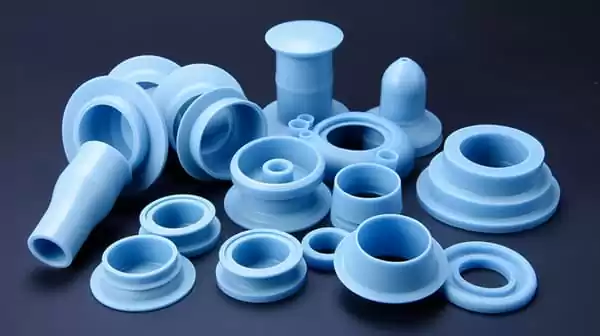
Choosing the appropriate manufacturing process for your project depends on several variables, including its size and shape, the material used, desired production rates, tooling costs, and desired production rates. Below we explore both Compression Molding and Injection Molding processes in detail – each has its advantages and disadvantages.
Compression Molding Process
Compression molding manufacturing process in which preheated thermoset polymers or composite materials are compressed using high-pressure hydraulic presses into mold cavities for shaping. Once soft and malleable, the material is forced into its mold cavity where it takes the shape of its mold cavity as it hardens – compression molding is ideal for producing large parts with simple shapes.
Raw Materials Used for Compression Molding:
Thermoset materials such as SMC, BMC, and Phenolic are widely utilized for compression molding applications due to their excellent strength, stiffness, and durability – making them suitable for numerous applications.
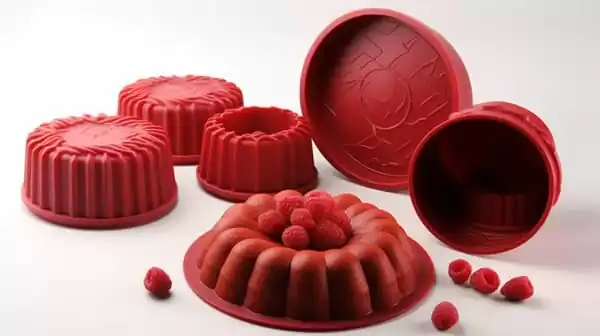
Advantages and Disadvantages of Online Education:
Compression molding offers several distinct advantages over other manufacturing processes, particularly for producing large parts at an economical cost. Furthermore, compression molding’s versatility means it can be used with various materials including recycled ones. Finally, excess material can easily be removed resulting in less waste produced from compression molding processes.
Compression molding does have its drawbacks. Compared to injection molding, compression molding takes longer and usually has higher tooling costs as well as pressures and temperatures which increase manufacturing costs. Furthermore, compression molding may result in strange parting lines or wall thickness variations which affect the visual aesthetics of the final product.
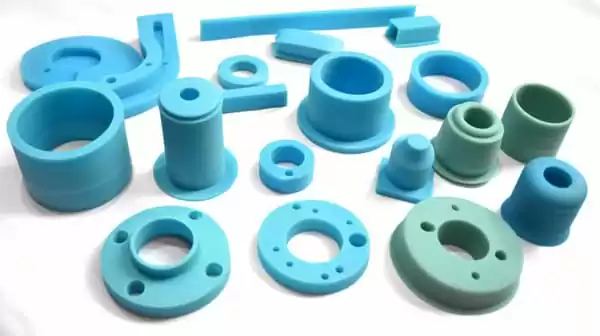
Compression Molding Tool and Production Process:
Compression molding utilizes two halves bolted together to form a mold cavity. Material is heated before being added into this space for compression molding. After cooling and hardening, the product is released from its mold for removal from production. With automation options available for compression molding production processes, labor intensity, and human intervention are reduced substantially.
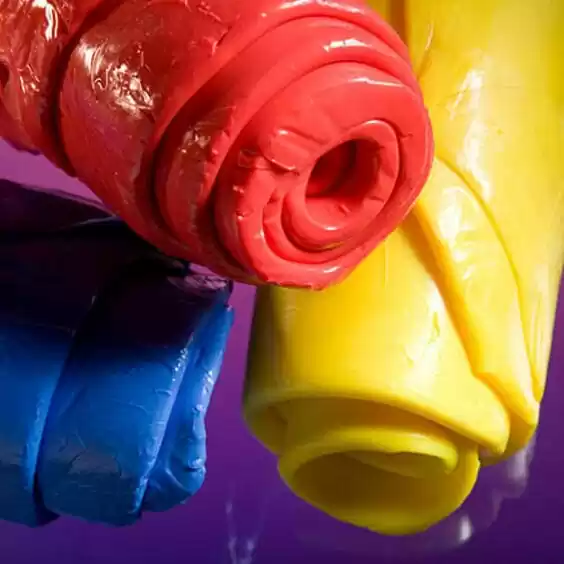
Differences Between Compression Molding and Injection Molding:
One of the primary differences between compression molding and injection molding lies in their respective raw material choices; compression molding typically utilizes thermoset materials while injection molding can use both thermoplastics and thermosets. Furthermore, injection molding requires greater precision and control than its compression molding counterpart, leading to higher-quality final products with faster production rates and often reduced tooling costs; additionally, injection molding produces complex designs without variations in wall thicknesses or parting lines due to compression molding’s constraints.
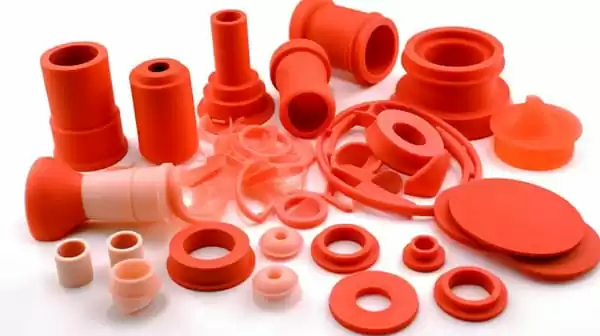
Injection Molding Process
Injection molding manufacturing process in which liquid plastic resin is injected into a mold cavity under high pressure and temperature to form the final product, taking shape from its mold cavity. This technique is commonly employed when producing small to medium-sized parts with complex shapes or intricate details.
Raw Materials Used in Injection Molding:
A range of thermoset and thermoplastic materials such as ABS, PVC, Nylon, and Polycarbonate can be utilized for injection molding applications, providing properties such as strength, flexibility and chemical resistance.
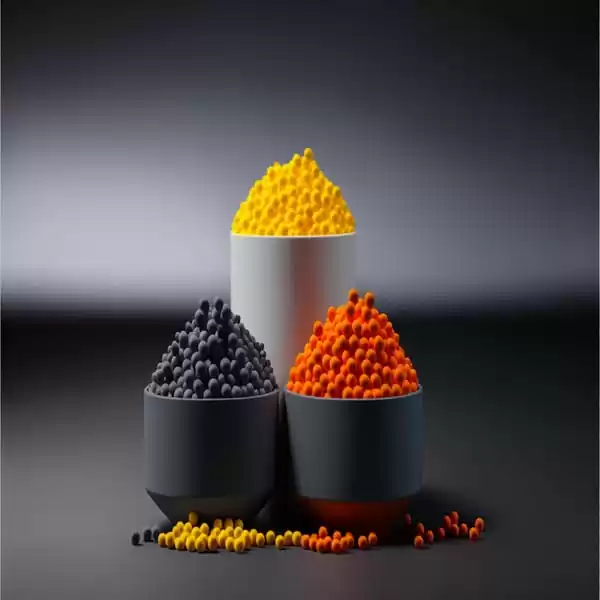
Advantages and Disadvantages:
One of the main advantages of injection molding is its ability to consistently produce high-quality parts with high levels of accuracy. As it’s highly automated and customizable for specific production needs, injection molding provides cost-effective manufacturing. Furthermore, excess material waste is minimal, making injection molding one of the more eco-friendly processes available today.
injection molding does have its drawbacks, however. Tooling costs can be prohibitively high for small runs of parts; its production requires higher temperatures and pressures that increase manufacturing costs; as well as producing excess material waste that poses sustainability concerns.
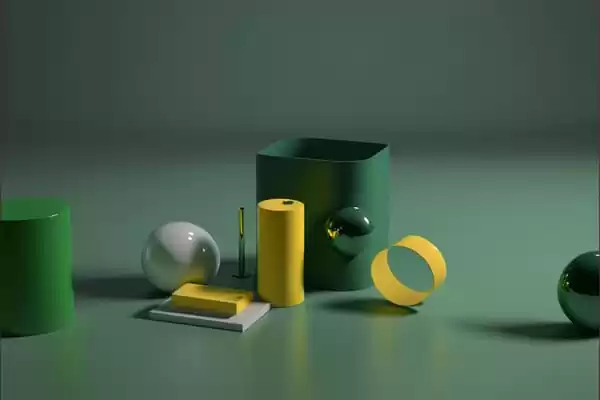
Injection Molding Machine and Production Process:
An injection molding machine comprises three components: an injection unit, a clamping unit and a injection molds. Raw material is melted and injected directly into the mold cavity using the injection unit before being clamped shut by the clamping unit – then it cools down until the final product can be extracted from the mold and removed by human intervention. Production for injection molding can often be automated highly effectively to reduce labor intensity while human intervention is no longer needed in production processes.
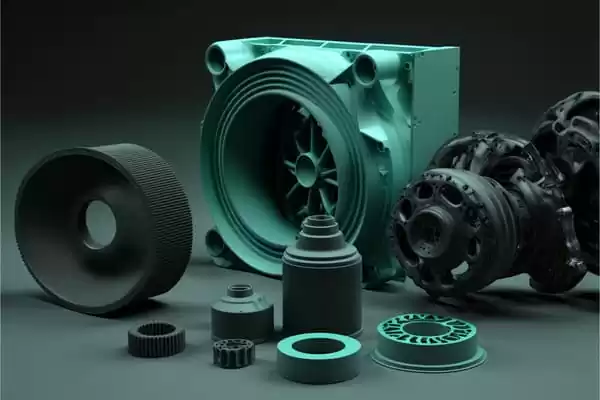
Differences Between Injection Molding and Compression Molding:
One of the primary differences between injection molding and compression molding lies in their respective raw materials used. While injection molding uses both thermoset and thermoplastic materials, compression molding typically utilizes only thermoset materials. Furthermore, injection molding requires greater levels of precision and control than compression molding for higher-quality final products, as well as higher production rates with reduced tooling costs; furthermore, injection molding results enables complex designs with consistent wall thicknesses and parting lines when compared with its compression counterpart.
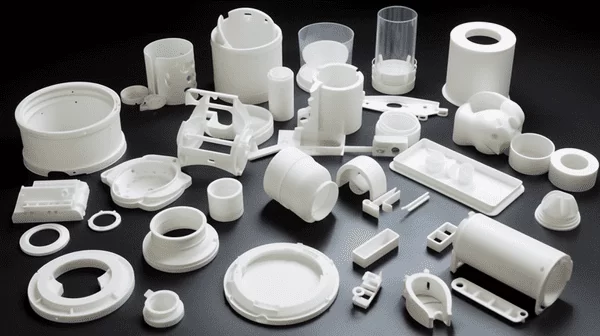
Comparing Compression Molding vs Injection Molding
When it comes to choosing the right manufacturing process for your project, there are several factors to consider. In this section, we will compare Compression Molding and Injection Molding in terms of production time, tooling costs, manufacturing costs, quality and visual appearance, complex designs and intricate parts, and human intervention and labor intensity.
Production Time:
Injection molding typically has faster production times than compression molding due to the higher injection rates and shorter cooling times. Compression molding, on the other hand, is better suited for larger parts or smaller production runs where the additional time required may not be a significant factor.
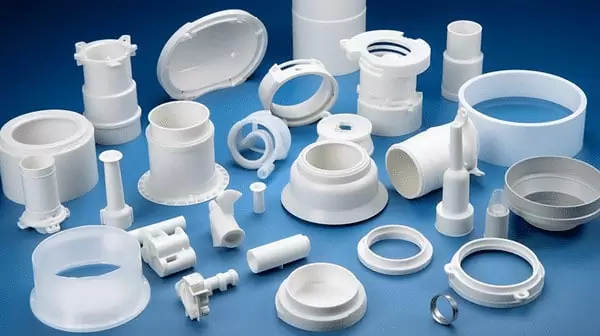
Tooling Costs:
Tooling costs for injection molding are generally lower than compression molding due to the higher precision and consistency of the process. The tools used in injection molding are typically less complex and require less machining than compression molding tools.
Manufacturing Costs:
While both processes can be cost-effective for different types of projects, injection molding may be more cost effective for large production runs due to the faster production times and lower tooling costs. Compression molding may be more cost-effective for smaller production runs or larger parts where the additional time required for the process may not significantly impact the overall cost.
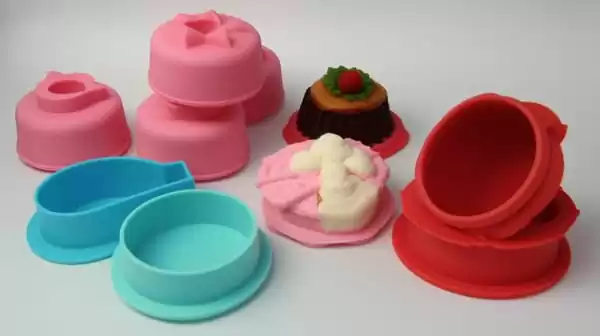
Quality and Visual Appearance:
Injection molding typically results in a higher-quality final product with a more consistent finish than compression molding due to the higher level of precision and control. Compression molding may result in variations in wall thicknesses and parting lines, which can impact the final product’s visual appearance.
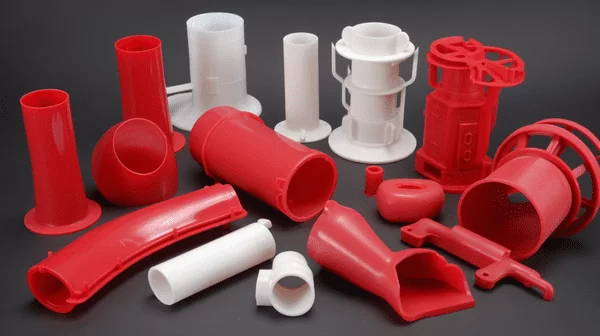
Complex Designs and Intricate Parts:
Injection molding is better suited for producing complex designs and intricate parts due to the higher level of precision and consistency. Compression molding may result in variations in wall thicknesses and parting lines, making it less suitable for complex designs.
Human Intervention and Labor Intensity:
Both processes can be highly automated, reducing labor intensity and the need for human intervention. However, injection molding is typically more automated than compression molding due to the higher precision and consistency of the process.
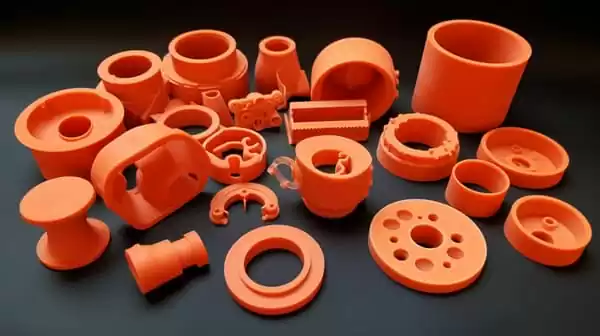
Conclusion
When it comes to plastic manufacturing, choosing the right manufacturing process for your project is crucial to its success. Both Compression Molding and Injection Molding have their advantages and disadvantages, and it is important to weigh these factors carefully before making a decision.
Advantages and Disadvantages of Both Methods:
Compression Molding is a cost-effective manufacturing process that is versatile and can be used with a wide range of materials. However, it is a slower process compared to Injection Molding, and the tooling costs are typically higher. Injection Molding, on the other hand, can produce high-quality, complex parts with consistency and has lower tooling costs. However, it may result in excess material waste, and the manufacturing costs may be higher due to the high temperatures and pressures required.
Recyclability of Materials and Next Steps for Your Project:
Both Compression Molding and Injection Molding can use recycled materials, making them a sustainable option for manufacturing. If you are considering either process for your project, it is important to choose the right material for your needs and consider the potential for recycling.
In conclusion, choosing the right manufacturing process for your project depends on several factors, including production time, tooling costs, manufacturing costs, quality and visual appearance, complex designs and intricate parts, and human intervention and labor intensity. By weighing these factors carefully and considering the advantages and disadvantages of both methods, you can make an informed decision and achieve the best possible results for you next project.



